Chicken Tikka Masala Spice Mix: 10 Secrets to Mastering the World's Favorite Curry Blend
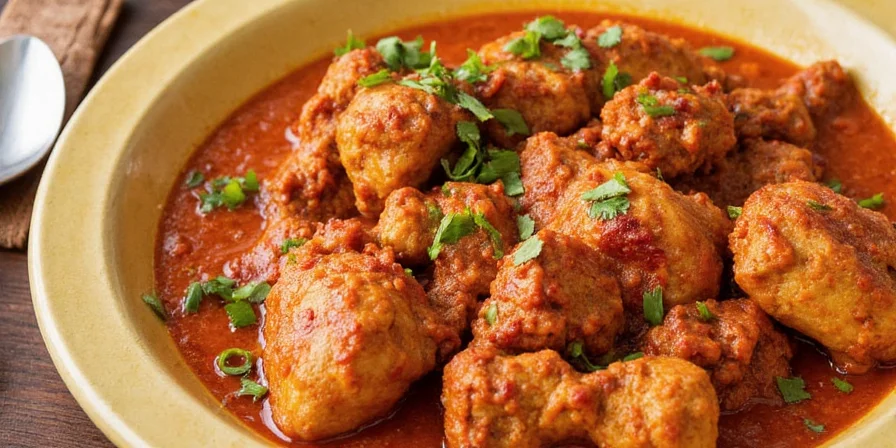
Spice up your kitchen with one of the most beloved flavors on the planet!
Table of Contents
- What is Chicken Tikka Masala Spice Mix?
- Why This Spice Blend Is So Special
- 10 Secrets to Perfecting Your Homemade CTM Spice Mix
- Spice Breakdown: Traditional vs. Modern Blends
- How to Store and Use Your Spice Mix Like a Pro
- Fun Twist: Creative Ways to Use Your CTM Mix Beyond Chicken
- Global Spice Traditions: How CTM Fits Into the Bigger Picture
- Conclusion: Make Every Meal Feel Like Friday Night Curry
What is Chicken Tikka Masala Spice Mix?
Chicken Tikka Masala (CTM) isn’t just a dish—it’s an entire flavor philosophy that combines smoky, earthy, tangy, and creamy elements into one unforgettable curry experience.
The spice mix itself is the backbone of this iconic dish, blending traditional Indian spices with warming aromatics. While it varies by region and home cook, certain spices are non-negotiable when crafting an authentic or inspired CTM blend.
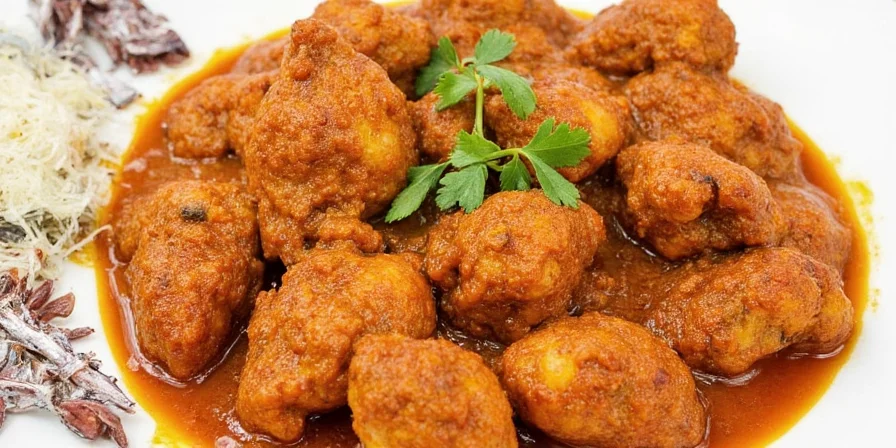
Why This Spice Blend Is So Special
Ask any food historian why CTM became the unofficial national dish of the UK, and they’ll tell you: it’s because of its perfect balance. The spice mix plays a starring role, combining heat, sweetness, and depth in equal measure.
- It bridges cultures and cuisines.
- It can be customized to suit personal taste and dietary needs.
- It transforms simple ingredients like chicken or paneer into something magical.
10 Secrets to Perfecting Your Homemade Chicken Tikka Masala Spice Mix
- Use Freshly Ground Spices: Whole spices retain more volatile oils and flavor compounds. Grind them fresh just before use.
- Dry Roast Before Grinding: Lightly dry-roasting spices enhances their aroma and complexity. Don’t skip this step!
- Balanced Heat: Kashmiri chili powder gives color without overwhelming heat. Combine with cayenne if you want extra kick.
- Cumin is King: Cumin adds warmth and nuttiness. Toast it gently for a deeper flavor profile.
- Don't Underestimate Coriander: Ground coriander brings floral and citrus notes—essential for balance.
- Garam Masala = Magic: Add garam masala at the end for aromatic finish. Or include it in the base for a layered effect—your choice!
- Fenugreek? Yes, Please: Just a pinch of fenugreek powder adds a unique sweet-bitter note that lifts the whole blend.
- Turmeric Adds Color and Health: A small amount adds vibrant color and anti-inflammatory benefits.
- Salt and Acid Balance: While not technically part of the spice mix, adding salt and a splash of lemon juice can enhance flavor dramatically.
- Customize It: Adjust ratios based on your own palate. No two spice mixes should taste exactly alike anyway.
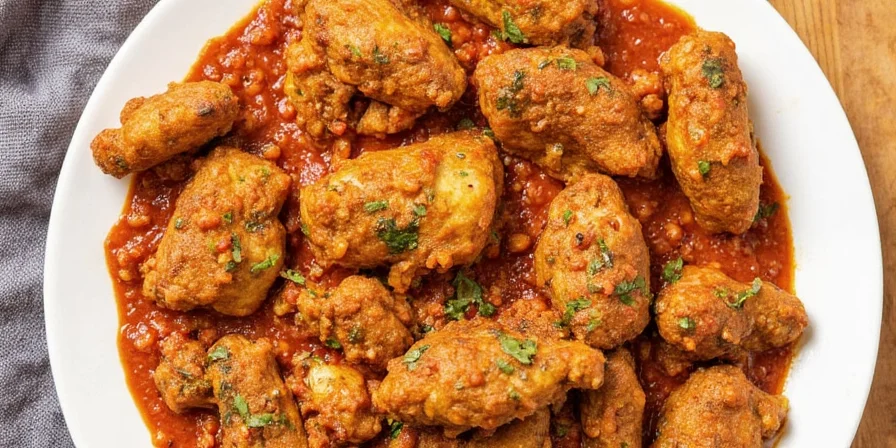
Spice Breakdown: Traditional vs. Modern Chicken Tikka Masala Spice Mixes
| Spice | Traditional Ratio (%) | Modern Fusion Ratio (%) | Role in Flavor Profile |
|---|---|---|---|
| Kashmiri Chili Powder | 30% | 20% | Bright red color, mild heat |
| Cumin | 15% | 10% | Earthy warmth |
| Coriander | 20% | 25% | Floral, citrusy lift |
| Turmeric | 5% | 5% | Vibrant yellow hue, subtle bitterness |
| Fenugreek | 2% | 3% | Unique bittersweet undertone |
| Garam Masala | 8% | 12% | Aromatic finale |
| Cayenne Pepper | 10% | 15% | Extra heat and depth |
| Paprika (optional) | – | 10% | Mild sweetness and deep red color |
How to Store and Use Your Spice Mix Like a Pro
Once you’ve made your homemade Chicken Tikka Masala spice mix, don’t let it go to waste! Follow these pro tips to keep it fresh and flavorful:
- Store in airtight glass jars away from direct sunlight and moisture.
- Label and date each jar so you know what’s in there and how old it is.
- Use within 3–6 months for best flavor; after that, potency diminishes.
- Toasted once? Re-toast sparingly—overheating can burn delicate oils.
- Add early in cooking for base layer flavor, or later for aromatic punch.
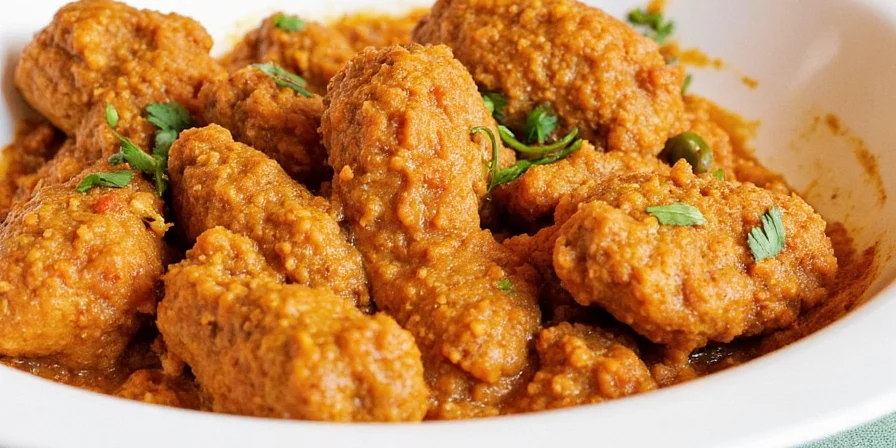
Fun Twist: Creative Ways to Use Your CTM Mix Beyond Chicken
You don’t have to stick strictly to chicken to enjoy your homemade Chicken Tikka Masala spice mix. Here are some fun ideas:
- Spiced Popcorn: Toss popped corn with melted butter and a sprinkle of CTM mix for a fiery snack.
- Eggs & Toast: Stir into scrambled eggs or add to avocado toast for a quick fusion breakfast.
- Rice Pilaf: Elevate plain rice by sautéing onions with CTM mix before cooking the grains.
- Vegetable Skewers: Coat grilled veggies like bell peppers, zucchini, and mushrooms for a meat-free tikka version.
- Marinade for Tofu or Paneer: Mix with yogurt or creamed coconut milk and marinate plant-based proteins overnight.
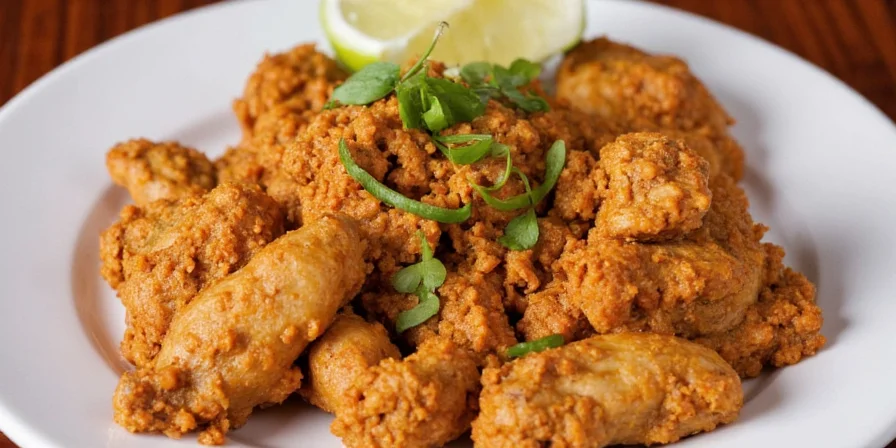
Global Spice Traditions: How CTM Fits Into the Bigger Picture
Chicken Tikka Masala may have found fame far from its origins, but it’s deeply rooted in the global spice traditions of South Asia.
In fact, CTM owes its existence to centuries-old trade routes, the movement of people, and the evolution of regional spice blends like garam masala and panch phoron.
- Historical Roots: Spices like cardamom, cloves, and cinnamon were brought over through Arab and Persian traders.
- Colonial Influence: British colonial rule led to culinary cross-pollination, eventually giving birth to dishes like CTM.
- Modern Fusion: Today’s chefs are reinterpreting CTM across continents, pairing it with everything from pizza crusts to burgers.
Conclusion: Make Every Meal Feel Like Friday Night Curry
Whether you're making your first batch of Chicken Tikka Masala spice mix or tweaking it like a seasoned spice alchemist, remember this: the beauty of CTM lies in its versatility, richness, and soul-warming power.
So grab those spices, fire up the pan, and let the scent of a simmering CTM curry fill your kitchen. Because really, every day deserves to smell like Friday night curry.
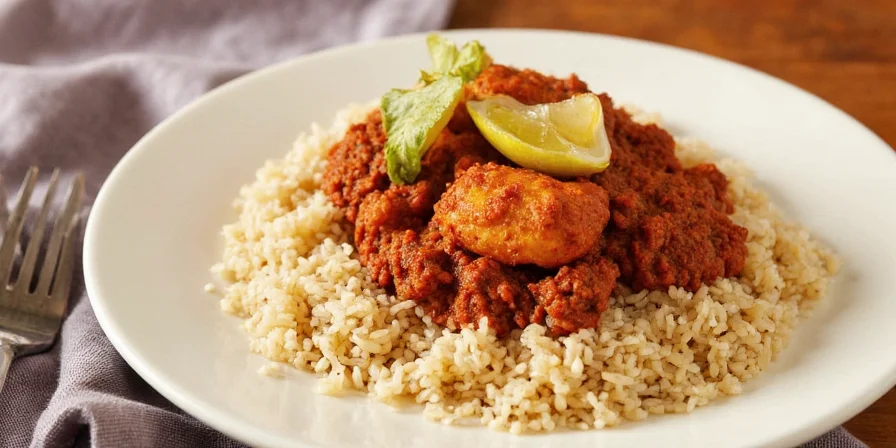

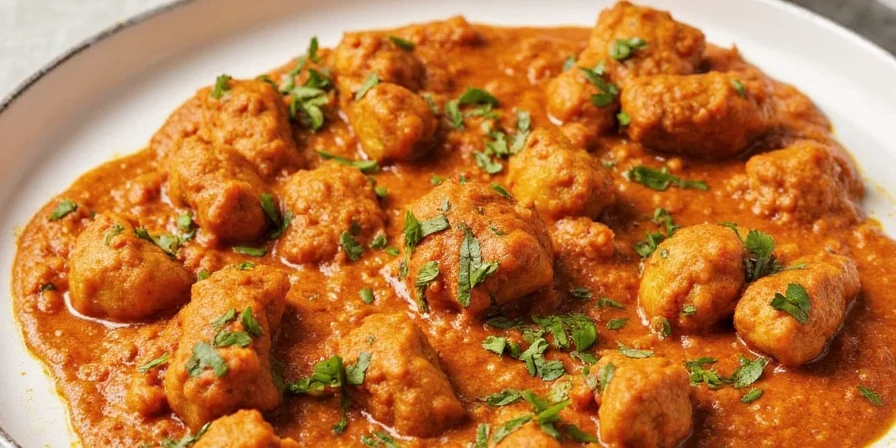









 浙公网安备
33010002000092号
浙公网安备
33010002000092号 浙B2-20120091-4
浙B2-20120091-4